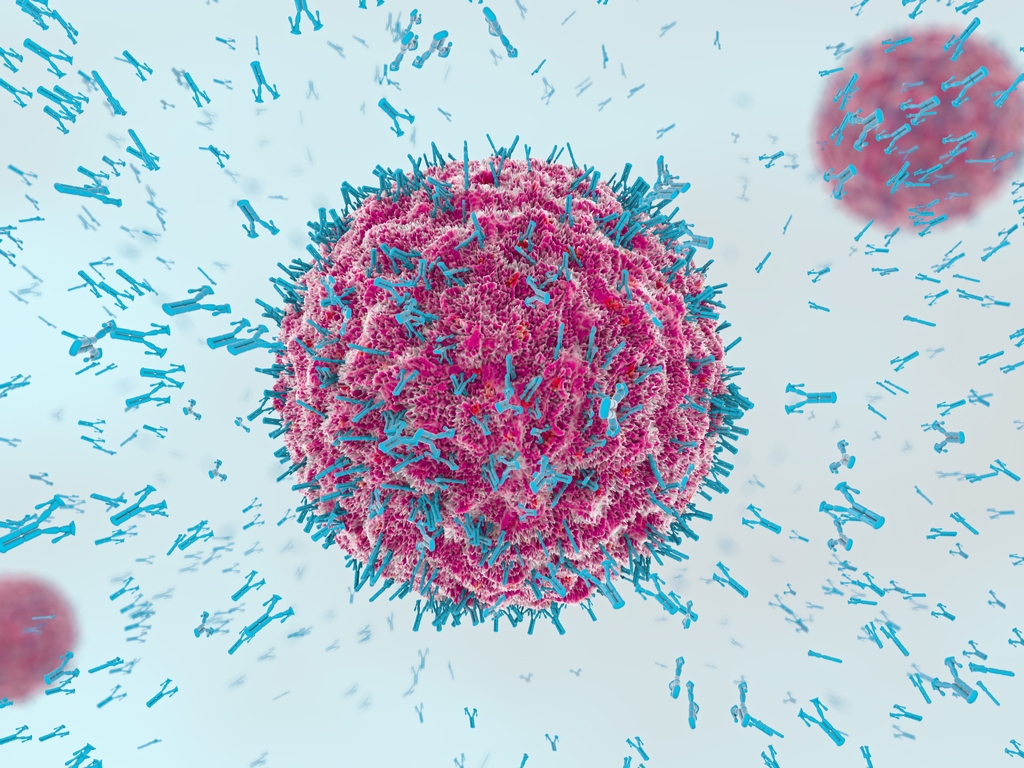
Our Executive Perspectives are informational primers intended for executives and functional leaders. They are intended to provide a calculated mix of technical and commercial understanding of relevant topics in science and technology industries.
How Do Vaccines Work?
A vaccine works because it triggers an immune response within the body to a weakened pathogen and that response then remains in the memory of the immune system so that the next time the body is exposed, it knows just what to do.
What is most important to note is the cascade of activities that occur when the immune response is triggered within the body:
- An immediate defense of the cells being attacked
- An offense that attacks the invading bacteria or virus
- A record identifying the specific features of the invading bacteria or virus (antigen) is kept in memory within the immune system
It is in this last functionality of the immune response that is the value of how vaccines operate. By exposing the immune system to a non-lethal or low-dose version of the bacteria or virus, the immune system can overtake the invading bacteria and virus and remember for the future what it needs to do to stop the attack faster and more efficiently.
While there are several cell types that exist within the immune system, the three most common cell types include T cells, B cells and NK cells:
T-Cells
B-Cells
NK or Natural Killer Cells
By: Kiran Chin


